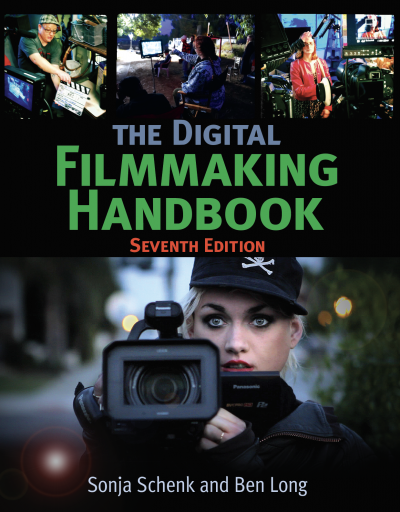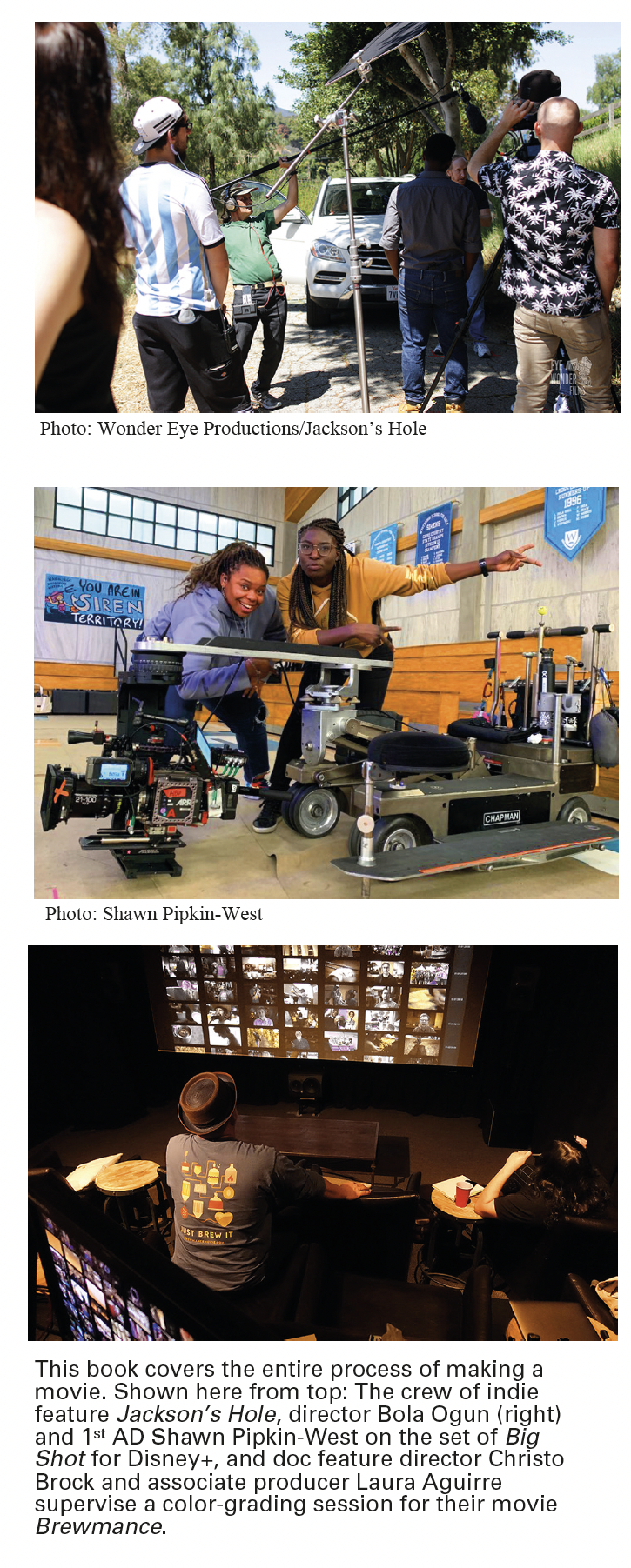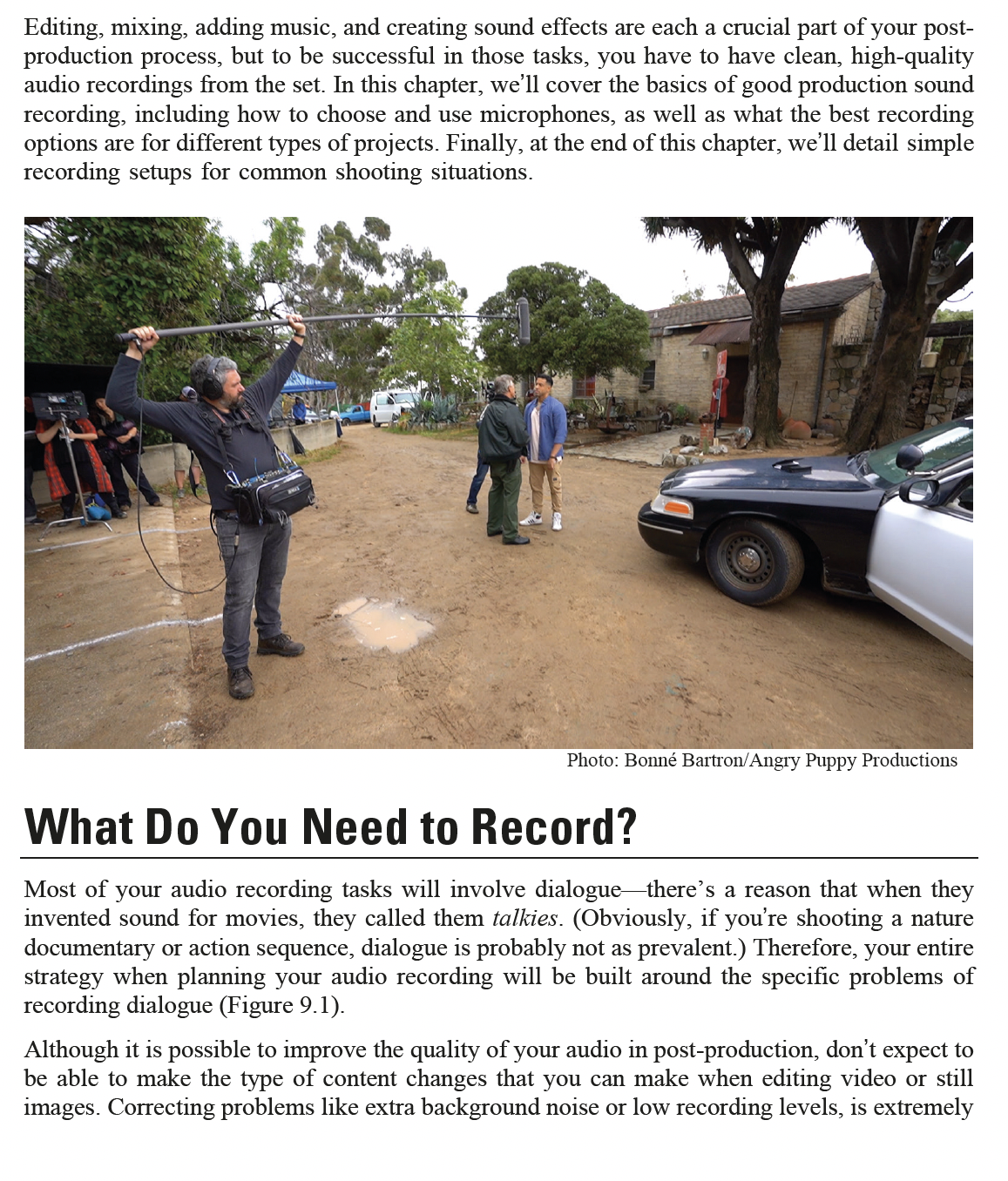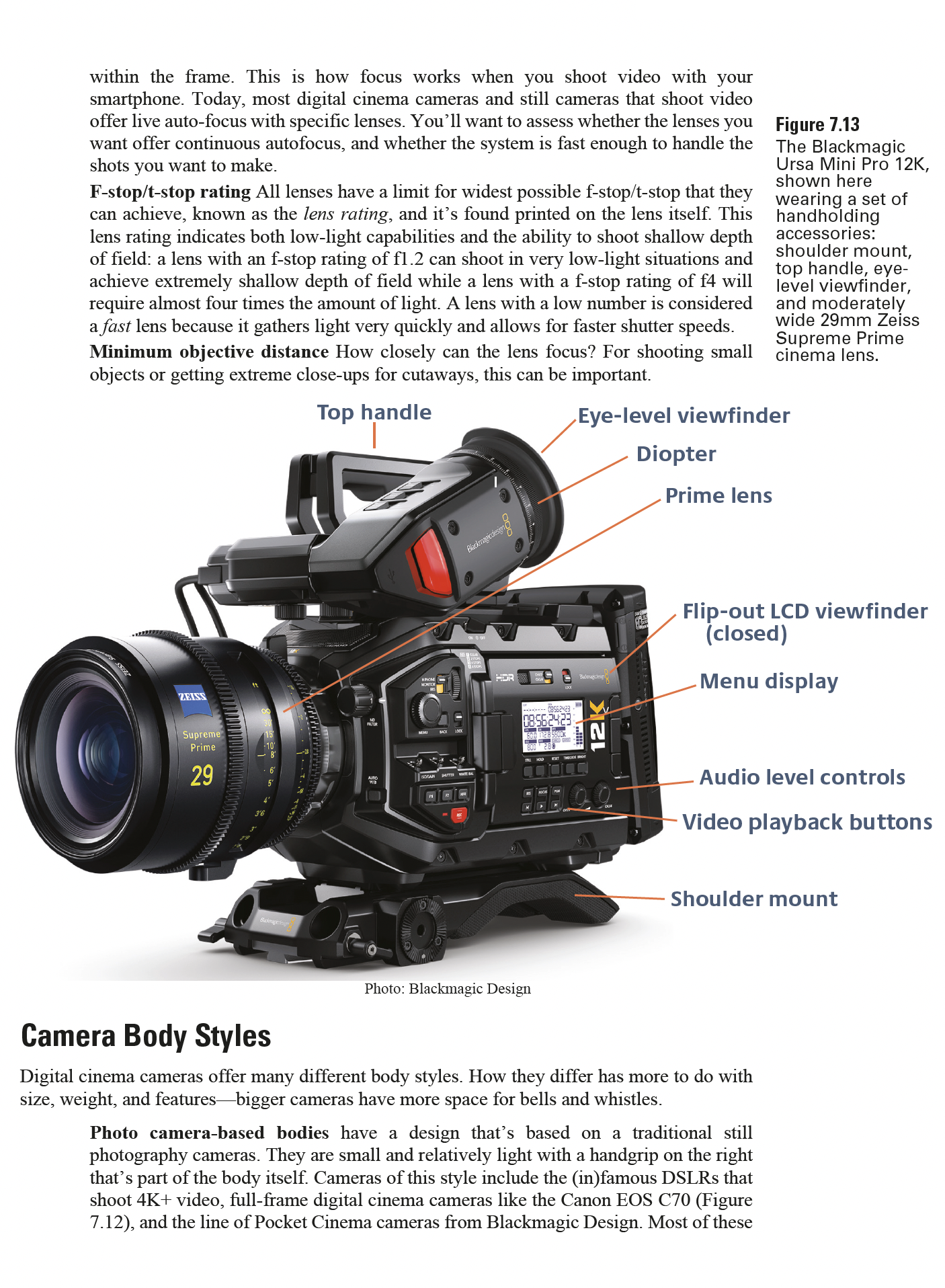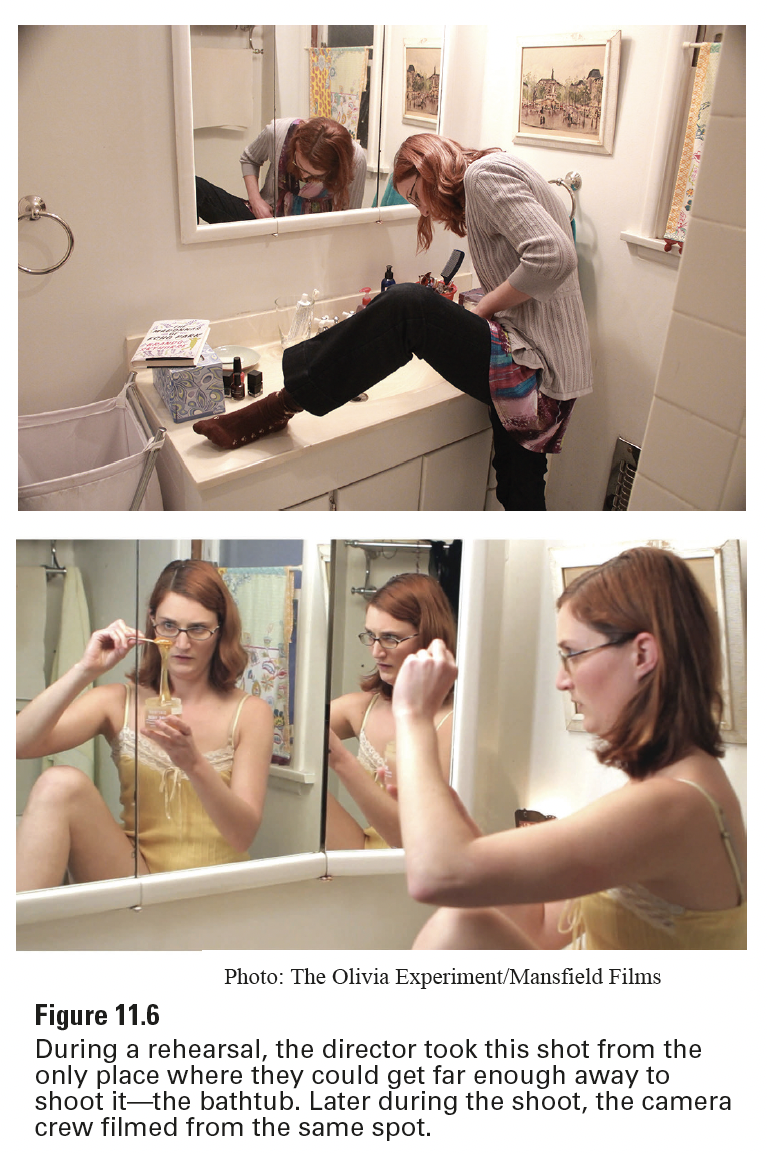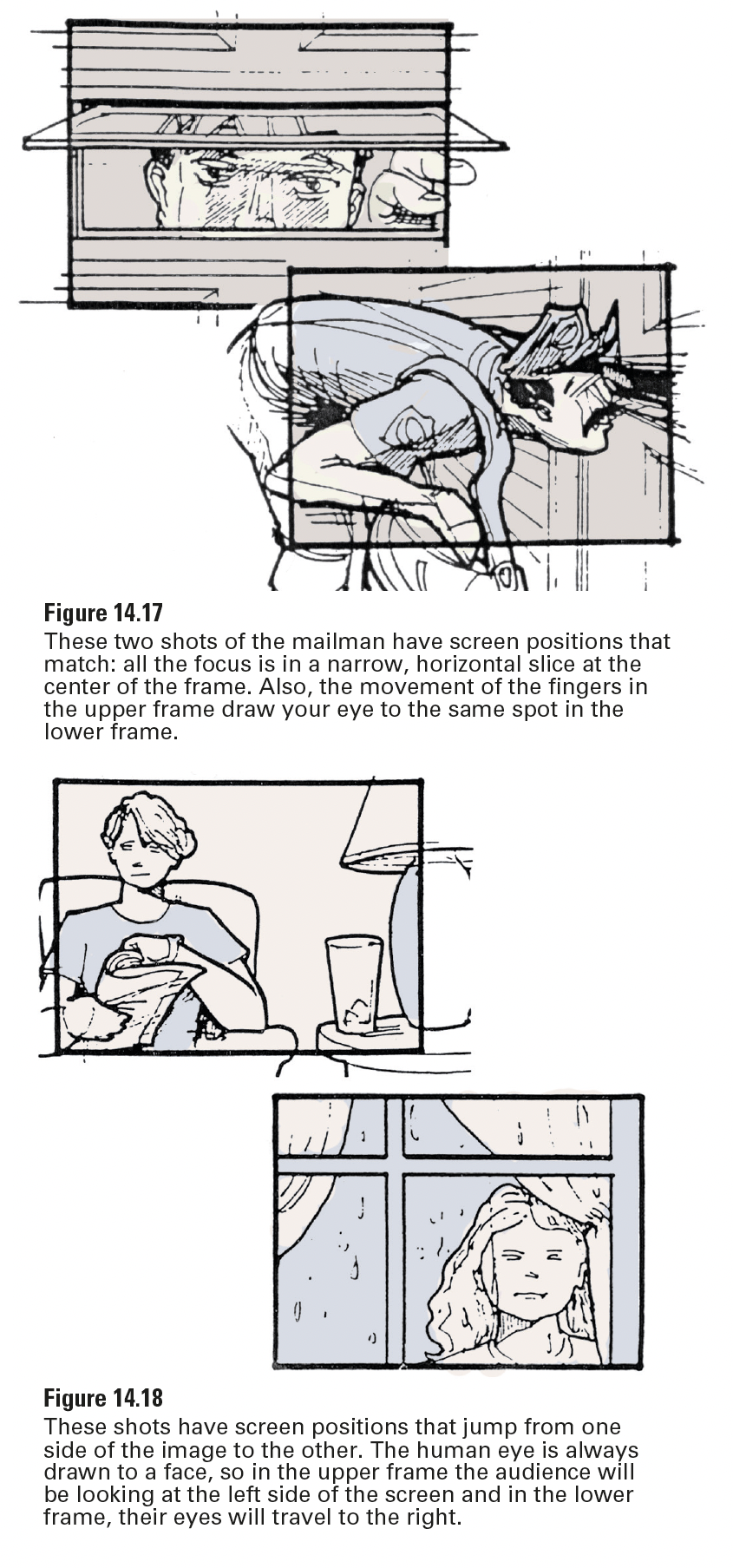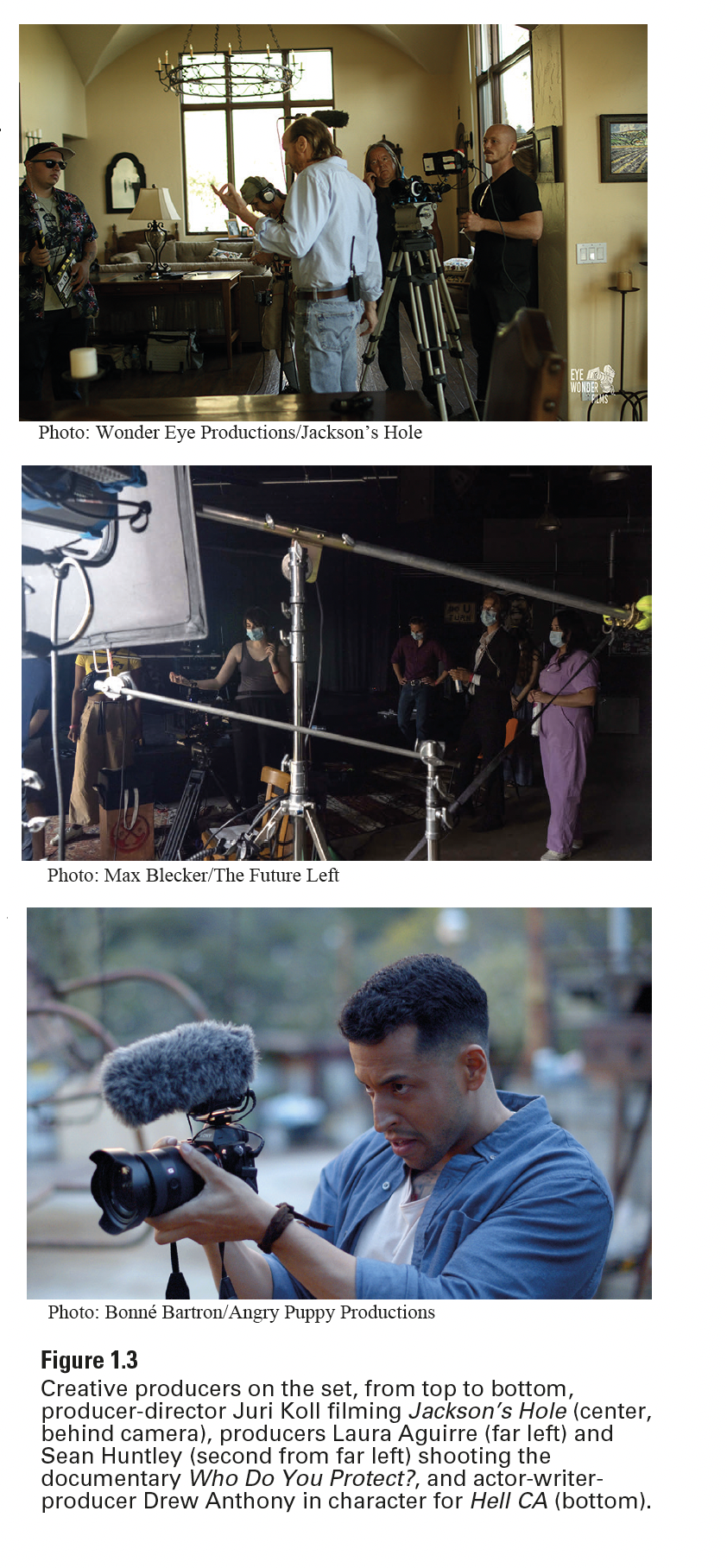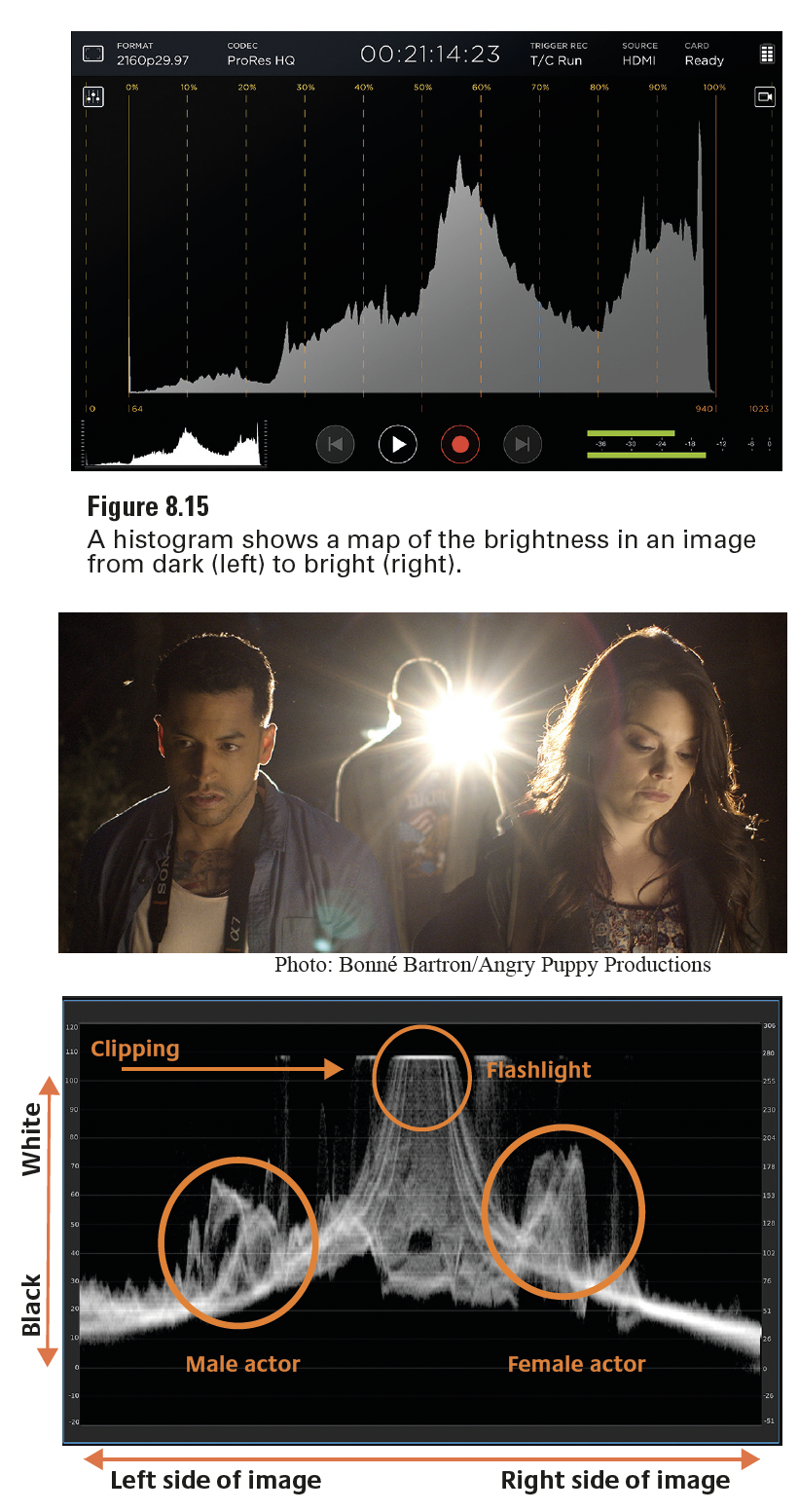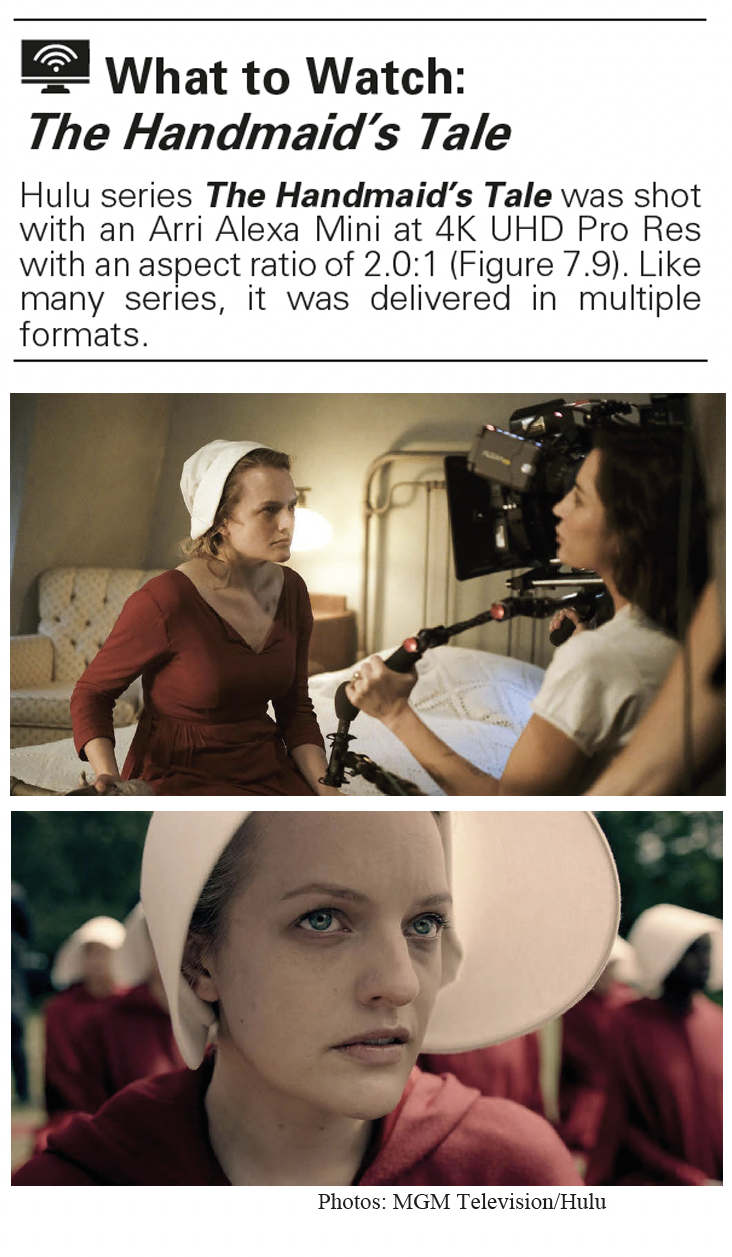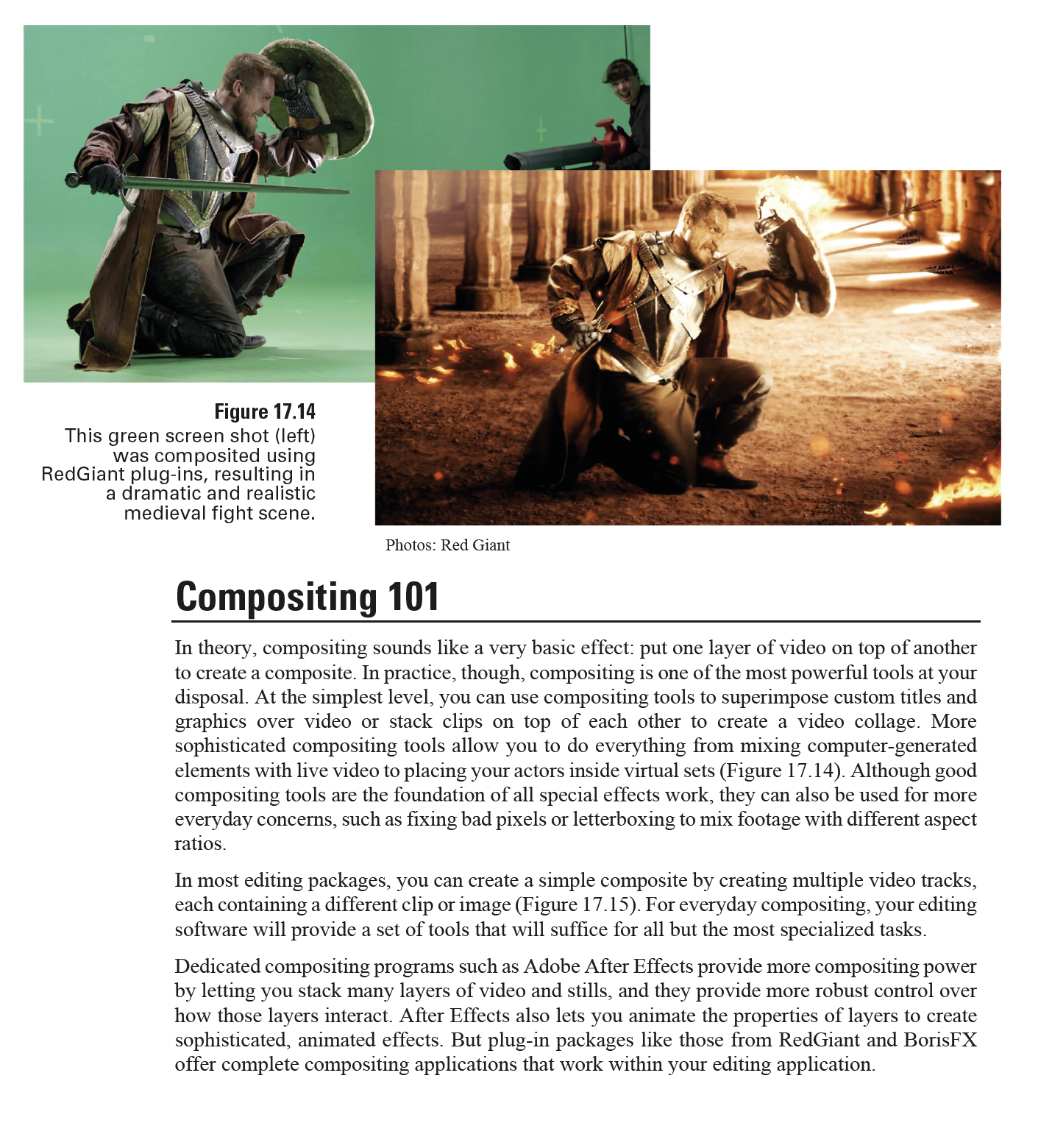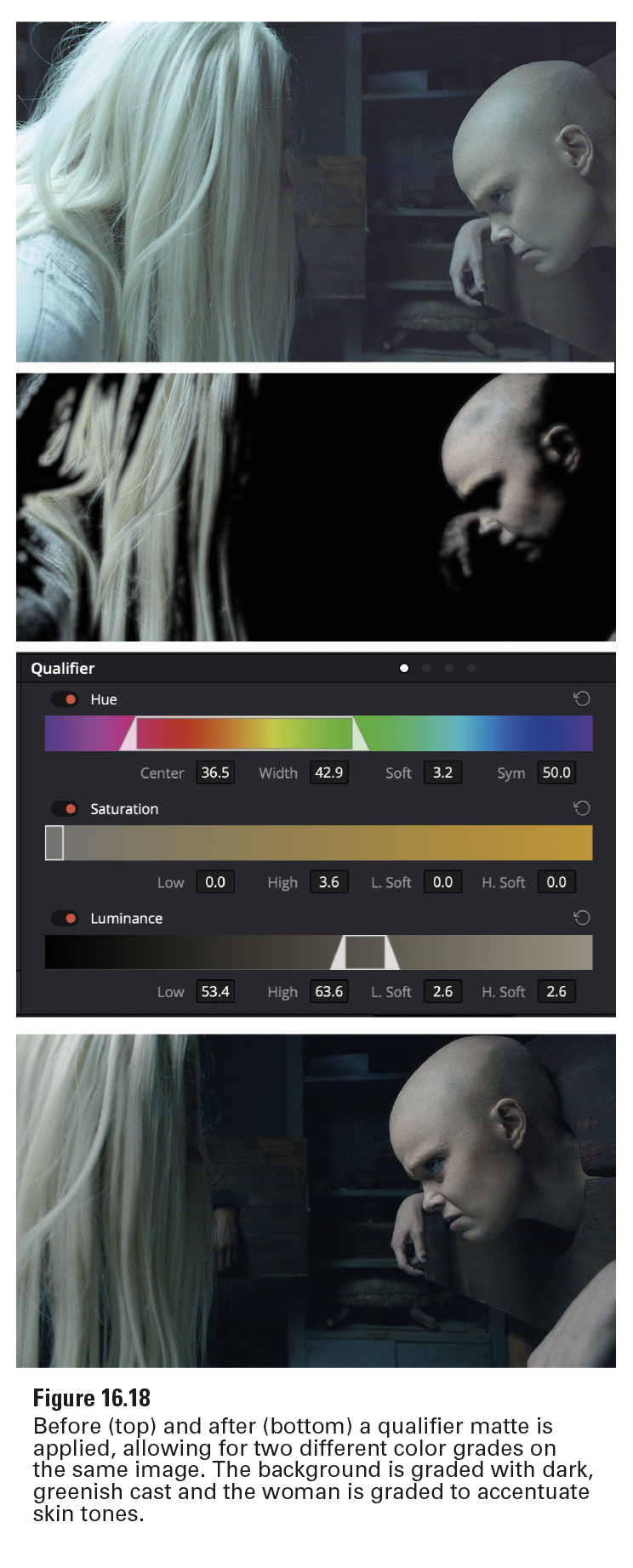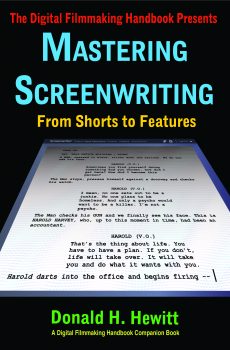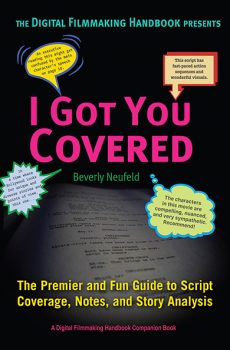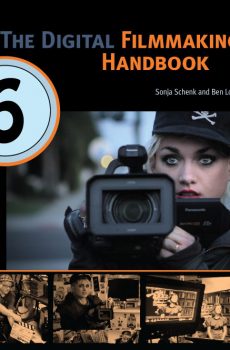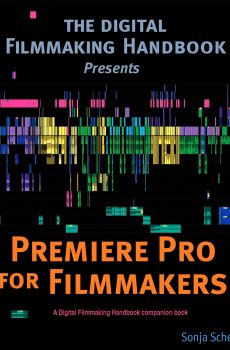The Digital Filmmaking Handbook 7th Edition
$64.99
Who Hasn’t Dreamed About Making a Movie?
Not just for the glamour and thrills, but as a way to your story out in to the world, the story that only you can tell.
For this edition, we’ve focused on soft skills: developing a project, writing a compelling story, working with actors, the special challenges of directing. After all, these are the things that really matter in the end – skills that help you tell any story. But don’t worry, you can’t keep s away from technology and a lot has changed since theist edition. Digital cinema cameras keep getting better and there are important changes to the workflow from the set to the editing room. The internet of things continues to improve gear, from remote controllable lighten got GPS-based motion tracking and live virtual sets – it’s an exciting time to be a filmmaker!
We’re here to help you navigate the complex but increasingly unlimited landscape of independent filmmaking, whether you’re making a short, a series, or a feature film.
The Digital Filmmaking Handbook will show you how to make the movie you’ve been dreaming about.
The Digital Filmmaking Handbook is a top-rated bestseller. It’s been in print for over 20 years. It offers over 400 pages of regular updated information on all aspects of filmmaking. It’s even spawned a series of companion books, The Digital Filmmaking Handbook Presents.
Oh, and it’s in full color. Finally.
The Digital Filmmaking Handbook, 7th Edition
Book 1 of The Digital Filmmaking Handbook Presents series
Please note:
Additional information
| Table of Contents | Introduction |
|---|---|
| New in This Edition | What's New in this Edition? Humanity’s need for media-based narrative goes back indefinitely. There have always been people who created stories and believed in them so passionately that they felt a need to communicate them to many others, en masse. In the past, they were cave painters and builders of megaliths, today they are filmmakers, writers, and producers—this book is for them. In this edition, we have broken out some large chapters into smaller, separate chapters: producing, writing, planning, and directing actors are all topics that stand alone now. In doing so, we took a more nuanced look at some of the nuts and bolts of filmmaking—the role of the producer, the tasks of the screenwriter, and the challenges of the director. Given that many independent or new filmmakers will wear all those hats on the same project, we think it’s important to not assume that a separate producer or writer will do that work. We’ve also broken out the camera and shooting material into three chapters: understanding the camera, filming techniques, and advanced shooting. To understand the technology that underlies all the above, we’ve done a major overhaul of Chapter 3, Digital Video Primer, with a focus on how digital video technology ultimately serves the filmmaker—a bit more of the why instead of just the what, including a teeny bit of relevant art history. We’ve redesigned the book and (finally!) switched to a full-color images. Having better quality, color images also made it possible to incorporate more still images from classic films and to add key diagrams and illustrations where appropriate. Finally, we know that experience is the best way to learn, so we’ve provided exercises and tutorials throughout the book. And at the end of each chapter, we’ve added a special section called Problems to Solve, which features a list of questions and suggestions that can be used as exercises or assignments. If you’re seriously thinking of embarking on a digital filmmaking production, you’re about to begin a big process. The more you know before you start, the more smoothly things will go for you. Filmmaking is a challenging, exciting, and always instructive process. We wish you the best of luck in your filmmaking endeavors. Now, it’s time to get started! |
| Expanded Table of Contents | EXPANDED TABLE OF CONTENTS: INTRODUCTION 1 PRODUCING 2 WRITING 3 DIGITAL VIDEO PRIMER 4 PLANNING YOUR SHOOT 5 WORKING WITH ACTORS 6 LIGHTING 7 THE CAMERA 8 FILMING TECHNIQUES 9 PRODUCTION SOUND 10 ADVANCED SHOOTING 11 DIRECTING AND MANAGING THE SET 12 GETTING STARTED IN POST 13 MANAGING MEDIA 14 EDITING 15 SOUND EDITING 16 COLOR 17 TITLES AND EFFECTS 18 FINISHING GLOSSARY |
